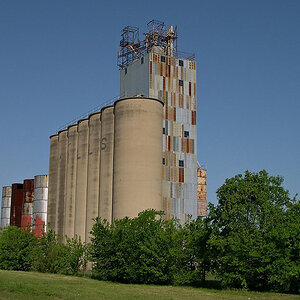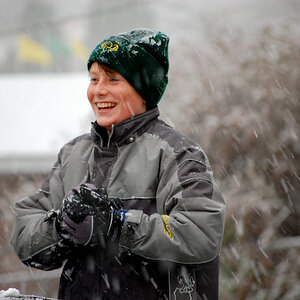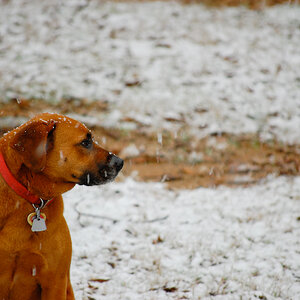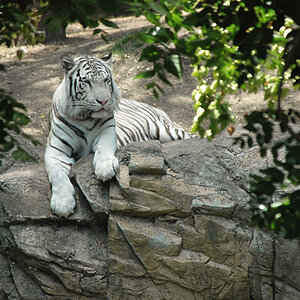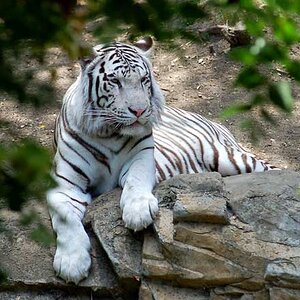Hertz van Rental
We're supposed to post photos?
Tungsten is usually quartz-iodide (halogen) bulb these days.
Pretty near to daylight in colour temperature and you can do a lot of the things you do with flash. Lots of accesories.
Advantages: relatively cheap, you can see exactly what the light is doing and you can use them to 'paint' with light. You can also focus them like a spot - within limits. Very portable. Used for lighting film sets and in TV studios but are equaly useful for still photography. Easy to put gels over. Apart from the bulb there is nothing to go wrong.
Disadvantages: they run realy hot. You can literally fry eggs on them. Will help to keep the studio warm in Winter, though.
Redheads - orange coloured heads approx 500W
Blondes - yellow 1kW
Brunettes - blue 2kW
http://www.photonbeard.com/
for some idea of what is available.
There are other manufacturers and if you shop around you can get a good price - second hand too.
Pretty near to daylight in colour temperature and you can do a lot of the things you do with flash. Lots of accesories.
Advantages: relatively cheap, you can see exactly what the light is doing and you can use them to 'paint' with light. You can also focus them like a spot - within limits. Very portable. Used for lighting film sets and in TV studios but are equaly useful for still photography. Easy to put gels over. Apart from the bulb there is nothing to go wrong.
Disadvantages: they run realy hot. You can literally fry eggs on them. Will help to keep the studio warm in Winter, though.
Redheads - orange coloured heads approx 500W
Blondes - yellow 1kW
Brunettes - blue 2kW
http://www.photonbeard.com/
for some idea of what is available.
There are other manufacturers and if you shop around you can get a good price - second hand too.


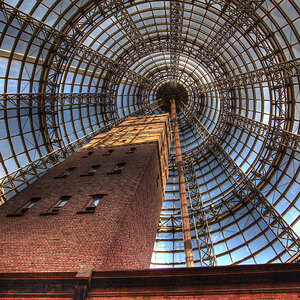


![[No title]](/data/xfmg/thumbnail/41/41796-690c109012575e084970902dbd3894ba.jpg?1619739896)

